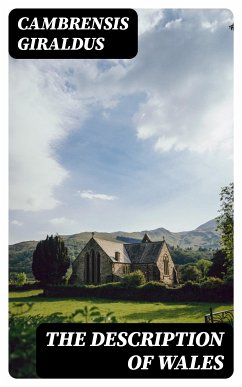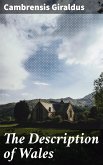In 'The Description of Wales,' Cambrensis Giraldus presents a vivid and intricate portrayal of 12th-century Wales, blending personal observations with ethnographic detail. Written in an accessible Latin style, the book serves not only as a geographical account but also as a cultural and historical commentary, contextualizing the Welsh landscape, its people, and their traditions within the larger narrative of medieval Britain. Giraldus's work emerges from a rich literary tradition of travel writing, infused with rhetorical elegance and a keen eye for the peculiarities of local customs, topography, and social structures, thus providing readers with both factual information and anecdotal narratives that enliven the text. Giraldus, a cleric and scholar of Anglo-Norman descent, possessed firsthand experience of both sides of the Anglo-Welsh tension plaguing the period. His intellectual pursuits were deeply influenced by his background and his role within the Church, which motivated him to document the lands and peoples he encountered. His dual perspective as an outsider and a participant lends authenticity and depth to his reflections on Welsh society, while also revealing the complexities of identity in a region marked by conquest and resistance. I highly recommend 'The Description of Wales' to readers interested in medieval history and literature, as it offers a fascinating glimpse into a transformative period. Giraldus's keen observations not only illuminate the geographic and cultural landscape of Wales but also provoke thoughtful discussions about identity and belonging in a turbulent historical context, making it a crucial read for historians, scholars, and general audiences alike.
Dieser Download kann aus rechtlichen Gründen nur mit Rechnungsadresse in A, B, BG, CY, CZ, D, DK, EW, E, FIN, F, GR, H, IRL, I, LT, L, LR, M, NL, PL, P, R, S, SLO, SK ausgeliefert werden.









